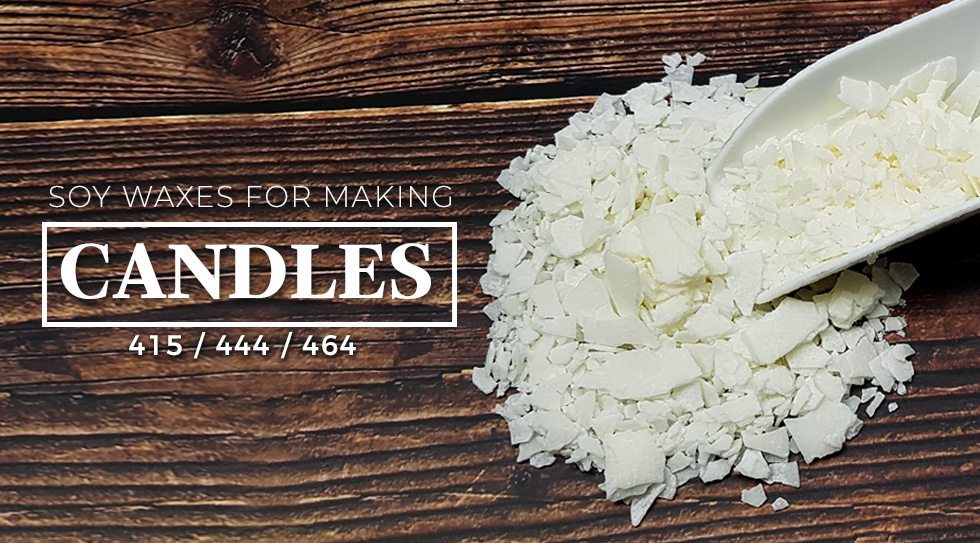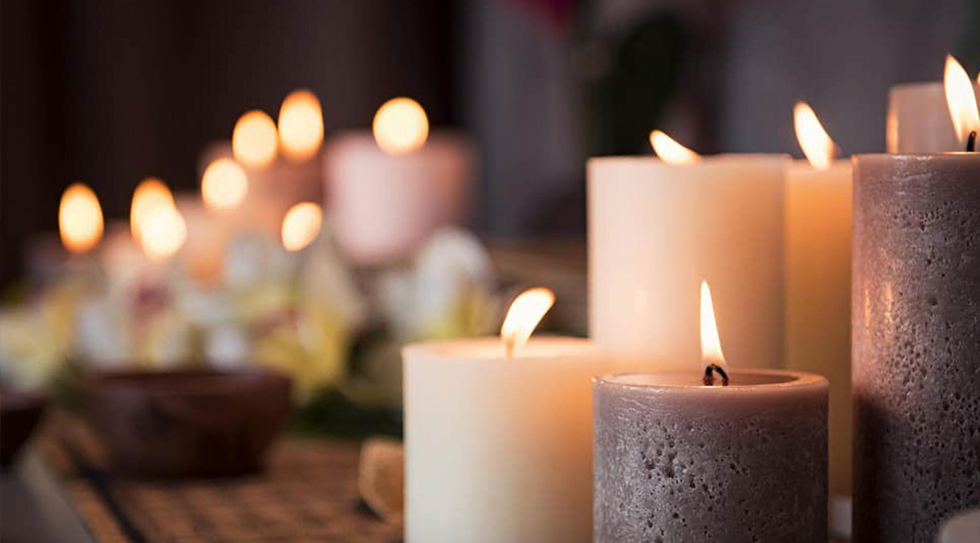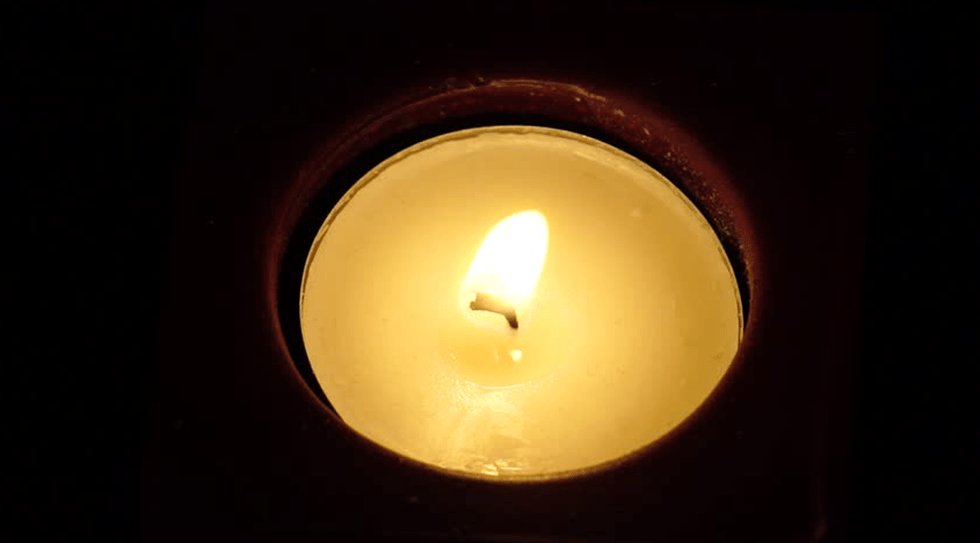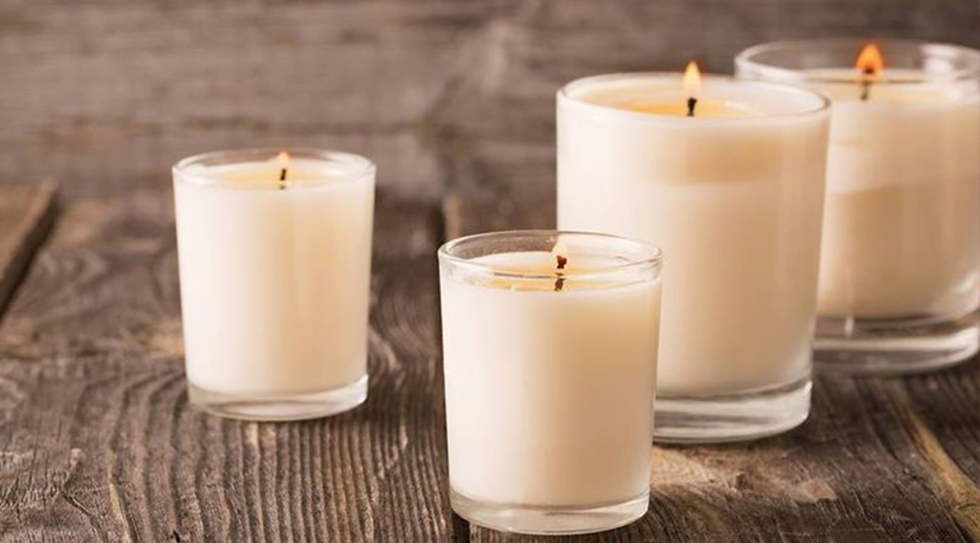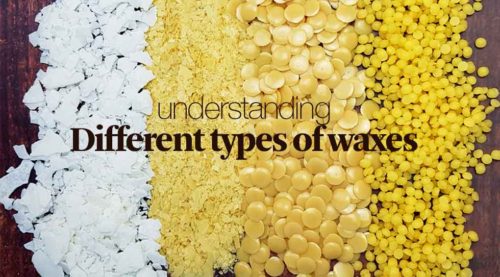Everyone loves decorating their homes with accessories to spruce up their private space. Some of the more popular ones are decorative candles. They add a nice little warmth in a corner of our home, making it look even cozier. Commercial candles are beautiful but expensive and do not last forever. It is almost effortless and cost-saving to make your own candles at home with just a few ingredients. So what type of wax should we go for? Beeswax, Paraffin, and Soy Wax are some great choices, but here, we will discuss the most popular type of candle wax among them, the Soy Wax.
Soy Wax is one of the most favoured choice for candles as it is completely sustainable, renewable, eco-friendly, and carbon neutral. Derived from soybeans, they burn cleaner and slower than Paraffin Wax, which means your candle will last longer.
The more well-received Soy Waxes are Golden Wax 444, 415, and 464. Since they have different melting points and characteristics, choosing the right wax is important for your needs and preferences. Let’s check out the properties of each Soy Wax.
415
Golden Brand 415 Soy Wax does not contain any additive and is 100% pure. It is able to retain a higher fragrance load due to its slightly higher melting point. 415 waxes blend well with waxes such as Paraffin and Beeswax, and can be used in container candles. A heat gun may be necessary to smooth out the top of your candle.
Melt Point: 120 – 125°
Suggested Pouring Temperature: 90 – 100°
Advantages of using GW 415:
- Contains no additives
- High fragrance load – 8% to 10% fragrance loads are possible
- Blends well with other waxes, such as Beeswax, Paraffin Wax, Slack Wax, and Microcrystalline Wax
- Comes in flake form
- No additives required
Basic Guidelines:
- Melt point: 121° to 125°
- Heat wax to around 185°
- Add dye if desired and mix thoroughly
- Add candle fragrance if desired and mix thoroughly
- Pouring temperatures should typically be around 90° to 100°, though experimentation is recommended to determine optimal pouring temperature
- Allow candles to cool as slow as possible to achieve good jar adhesion and create a smooth finish
- Wait at least 24 hours before burning
- Wick testing is recommended to achieve optimal burning characteristics and will vary with different combinations of wax, fragrance, dye, and container size
444
Golden Brand 444 Soy Wax is a natural wax containing a soy-based additive to reduce frosting. It is able to retain a higher fragrance load and improve scent throw due to its soy-based additive and higher melting point. It is designed for use in container candles and blends well with other waxes such as Paraffin, Slack and Microcrystalline Wax but not Beeswax.
Melt Point: 119 – 125°
Suggested Pouring Temperature: 125 – 145°
Advantages of using Golden Brand GW 444:
- Contains a soy-based additive to reduce frosting and improve scent throw
- High fragrance load – 9% to 11% fragrance loads are possible
- Smooth and creamy look
- Comes in flake form
- No additives required
- Higher melt point helps to prevent candles from losing their form in warmer conditions
Basic Guidelines:
- Melt point: 119° to 125°
- Heat wax to around 185°
- Add dye if desired and mix thoroughly
- Add candle fragrance if desired and mix thoroughly
- Pouring temperatures should typically be around 125° to 145°, though experimentation is recommended to determine optimal pouring temperature
- Allow candles to cool as slow as possible to achieve good jar adhesion and create a smooth finish
- Wait at least 24 hours before burning
- Wick testing is recommended to achieve optimal burning characteristics and will vary with different combinations of wax, fragrance, dye, and container size
464
Golden Brand 464 Soy Wax is a natural soy wax containing a soy-based additive to reduce frosting and increase fragrance load. It is designed for use in container candles and blends well with other waxes such as Paraffin, Slack and Microcrystalline Wax but not Beeswax. 464 has improved jar adhesion and helps prevent wet spots due to its lower melt point. A heat gun may be necessary to smooth out the top of your candle.
Melt Point: 115 – 120°
Suggested Pouring Temperature: 130 – 145°
Advantages of using GW 464:
- Typically requires only a single pour
- Contains a soy based additive allowing for to reduce frosting and improved scent throw
- High fragrance load – 8% to 10% fragrance loads are possible
- Smooth and creamy look
- Comes in flake form
- No additives required
Basic Guidelines:
- Melt point: 115° to 120°
- Heat wax to around 185°
- Add dye if desired and mix thoroughly
- Add candle fragrance if desired and mix thoroughly
- Pouring temperatures should typically be around 130° to 145°, though experimentation is recommended to determine optimal pouring temperature
- Allow candles to cool as slow as possible to achieve good jar adhesion and create a smooth finish
- Wait at least 24 hours before burning
- Wick testing is recommended to achieve optimal burning characteristics and will vary with different combinations of wax, fragrance, dye, and container size
Knowing what you can work with is critical in achieving your ideal candle creations. All in all, a quick summary:
415 – The only Soy Wax that you can blend with Beeswax, if you are looking to create Beeswax candles. It is also recommended to pour at a lower temperature to achieve a smooth top for your candle.
444 – Great for beginners as the additive in the wax enables you to pour it in your container at a hotter temperature, while reducing frosting and helps increase fragrance load.
464 – One of the best scent throw and it has reduction in frosting, giving you smooth tops on your candles.


